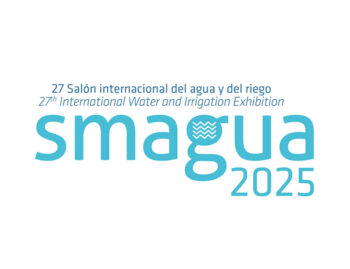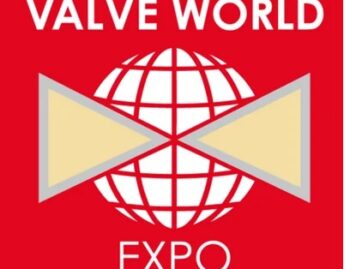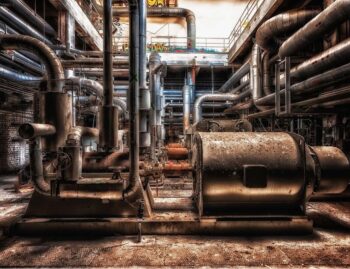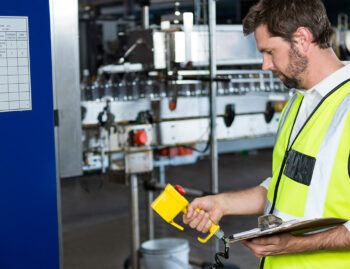
In industries where a misreading stops production, the instrumentation manifolds make a difference. They allow isolate, purge and calibrate pressure transmitters and pressure gauges without compromising the line, guaranteeing safe and reliable operation in petrochemicals, power generation, water treatment, food and pharmaceuticals.
What is an instrumentation manifold and why does it matter?
A manifold is a compact valve assembly that connects and disconnects measuring devices, enabling isolation, purging and equalisation for precise calibrations while the process is running. Result: reliable measurementssafe and secure maintenance and fewer stops.
Critical functions that enhance security
- Instrument isolation during maintenance or overpressure to protect transmitters and gauges.
- Purging and controlled release of accumulated gases/liquids to maintain process integrity.
- Calibration without interruption thanks to equalisation and purge valves, with stable and repeatable readings.
Recommended typologies and applications
- 2-valve manifold: ideal for basic monitoring with pressure gauges and low complexity applications (e.g. water).
- 3-valve manifoldtwo locks + one equalisation for differential pressure transmitters in refining and energy.
- 5-valve manifold: add two purges to total control y high precision in oil & gas and critical processes.
Key operational benefits
- Less risk and safer working procedures.
- Metrological accuracy consistent after each intervention.
- OPEX savingsmaintenance and calibration non-stop plantlonger instrument life.
Where they add most value
- Petrochemicals, refining and gasSafe handling of high pressure and corrosive media.
- Energy generationReliable monitoring of boilers and turbines.
- Food and pharma: traceable and stable pressure control in hygienic processes.
How to choose the right manifold?
- 2 valves for simple monitoring.
- 3 valves at dP and processes with equalisation requirements.
- 5 valves for high precision and periodic calibrations.
Differences you can expect when working with ZAES
At ZAES we integrate instrumentation manifolds and valves with applied engineering to the use case, European stock and technical support. Standard options on request:
- Designs 2/3/5 valvesdirect or rail mounting, with or without integrated flanges.
- Materials: stainless steel, Duplex, Superduplex, Hatelloy, Monelalloys for H₂S/chlorides and low fugitive emission options (packing sealed).
- Preparation for cryogenic/high temperature servicepressure tests and traceability reports.
- Adaptation to plant practices (e.g., vent-to-saferedundant blocking, redundant blocking, recorded labels).
Note: if you need to comply with specific standards (e.g, ISO 15848 fugitive emissions, API trials fire-safe, NACE MR0175/ISO 15156), please let us know and we will validate the best configuration and certification available for your project. (Without affirming certifications that you have not requested from us).
FAQ (for featured snippets)
What does an instrumentation manifold do?
Isolates the instrument, allows purging and equalisation of pressures for calibrate without stopping the process with reliable measurements.
When to choose 2, 3 or 5 valves?
2 for basic monitoring; 3 for dP transmitters; 5 when you need superior accuracy and dedicated purges.
Which industries use them?
Oil & gas, refining, energy, water, food and pharmaceuticals, where the security and continuity are critical.
What value does ZAES bring?
Application engineering, agile delivery in Europe and custom configurations integrated with valves and complementary instrumentation.









